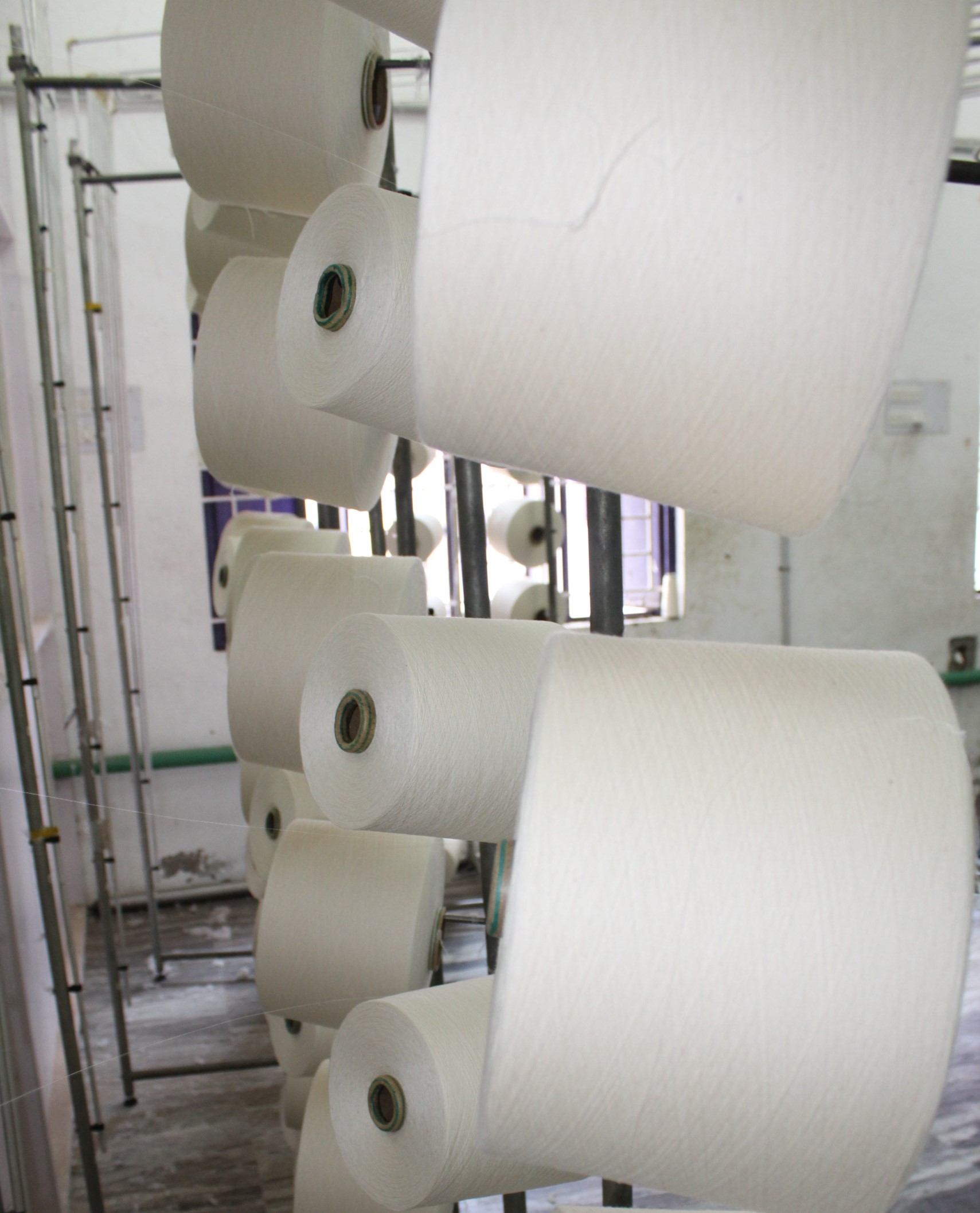New technology is creating more commercial set-ups for recycling
If you walk around thinking that recycling is only possible if the garments are 100% of one material (so called monomaterial textiles, i.e. 100% cotton), think again! Up until now, only a few percent of all garments produced could become new clothes. Most of the garments produced today are of mixed materials of some sort. The news from the pioneers in the business is now that new technology in Europe has made it possible to recycle all types of textiles, also garments made from mixed materials, in a commercially interesting way. And the best part – it can be done without chemicals. This should be exciting news for all of us working on circular business models in the textile area.
Textile recycling with high quality results
We in Textile Pioneers have created the first Danish initiatives on recycling old stock lots from a fashion company and make new garments of the same material. We do this together with a highly innovative factory in Portugal, where new machines have been installed for this increased demand. The recycling is done by a mechanical shredding process, without any use of chemicals. The garments are torn apart and thereafter spun to new yarn, ready to be used in new products. The largest benefit and difference compared to before is that the new machines can secure a long fibre length and hence a good quality of the yarn.
In the process, the colours are left in the yarn, creating a unique expression of mixed colours in the new clothing created. The materials that are being tested now are everything from cotton, viscose, and cotton/polyester mixes. This is highly interesting, cause to our knowledge, this procedure of product-to-product recycling has not been done before on this commercial scale.
Greener textile recycling
We prefer the mechanical process of recycling, since this is the greenest solution. The only footprint from this process is the electricity, and the factory we cooperate with is only using renewable energy. The whole process is happing in the radius of 50 km and the trucks that are used for transport run on electricity.
The new garments that are sewn are made with up to 70% recycled materials from the process described above, mixed with organic cotton, Lyocell or other fibers.
Looking at scale opportunities for textile recycling from 2022
Looking ahead, Denmark will start to collect textile waste from households from January 2022, and the whole recycling of post-consumer textiles will increase the scale of this business. When the quantities increase, it will be possible to start sorting by colours and materials, and thus have yarn from this process that are in distinct colours (ie. 1 ton of red yarn etc), instead of mixed colours.
We hope to accelerate the scale and make this method mainstream, stay tuned for more news.

